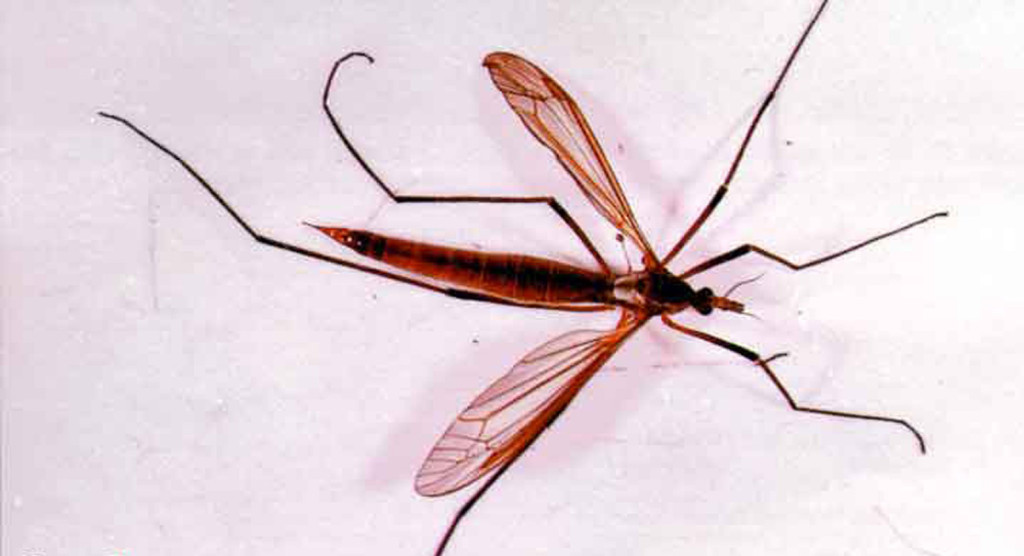European crane fly

Common Name: European crane fly
Scientific Name: Tipula paludosa
Origin: Europe
Description
This invasive crane fly is about 1/2″ long, with six legs. The adults have a dark-colored band on the edge of the wing next to a light-colored band. This is helpful to distinguish them from the native species because the rest of the wing has no pigmented areas.
Habitat
European crane flies live in moist soils and prefer mild winters and cool summers. They have also been found in turf grass, sod farms, and grass fields.
Threat
If not controlled, they can have a big impact on the turf grass industry as well as damage root systems and scalp lawns.
Management
There are both biological and chemical ways to control the species. Natural predators such as birds or microorganisms, fungus, and nematodes may help mitigate the issue. Imidacloprid, trichlorfon, carbaryl, and chlorpyrifos are effective in controlling the populations.
Distribution: View Map
This species is present in the FL-PRISM.

